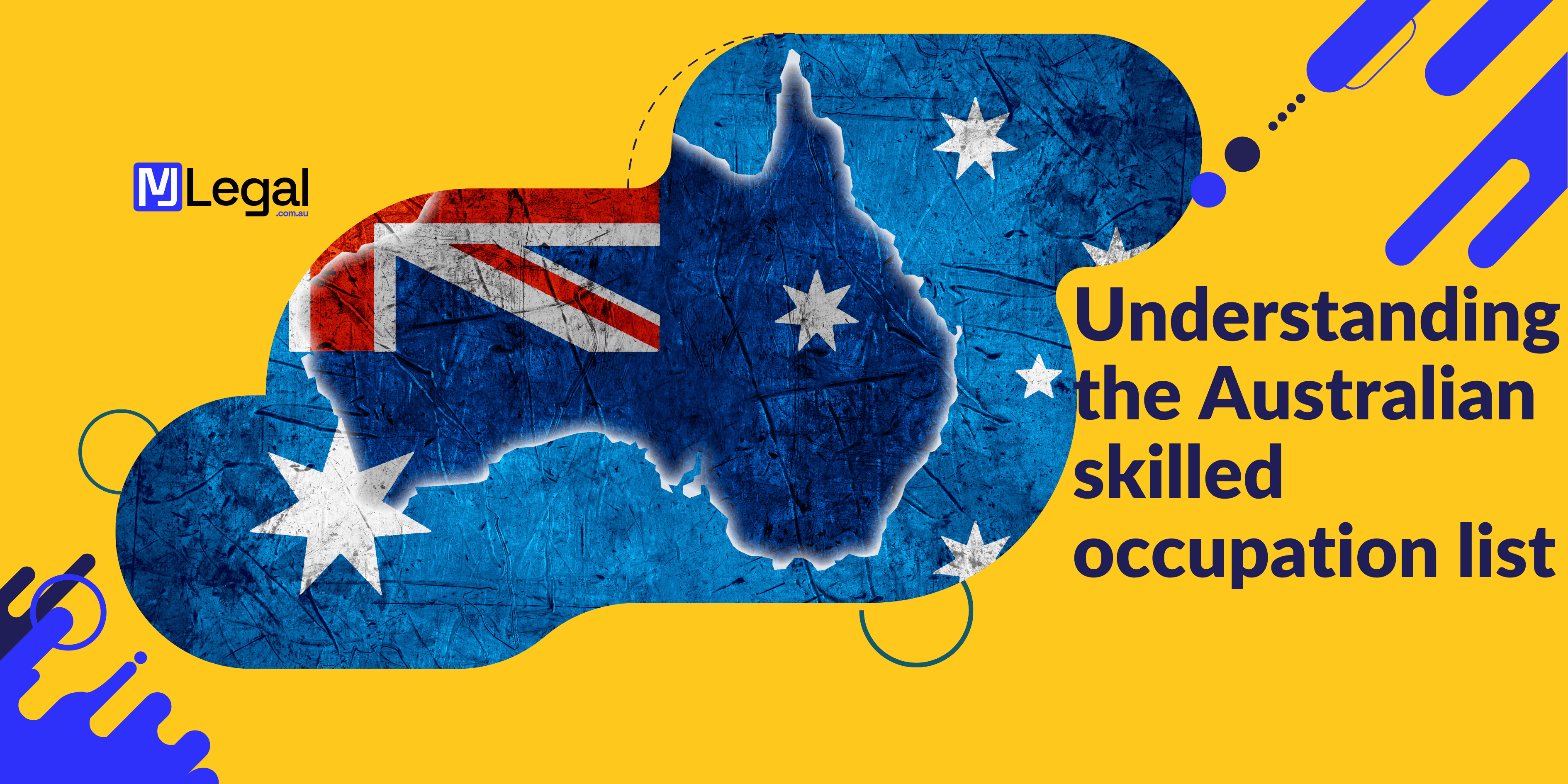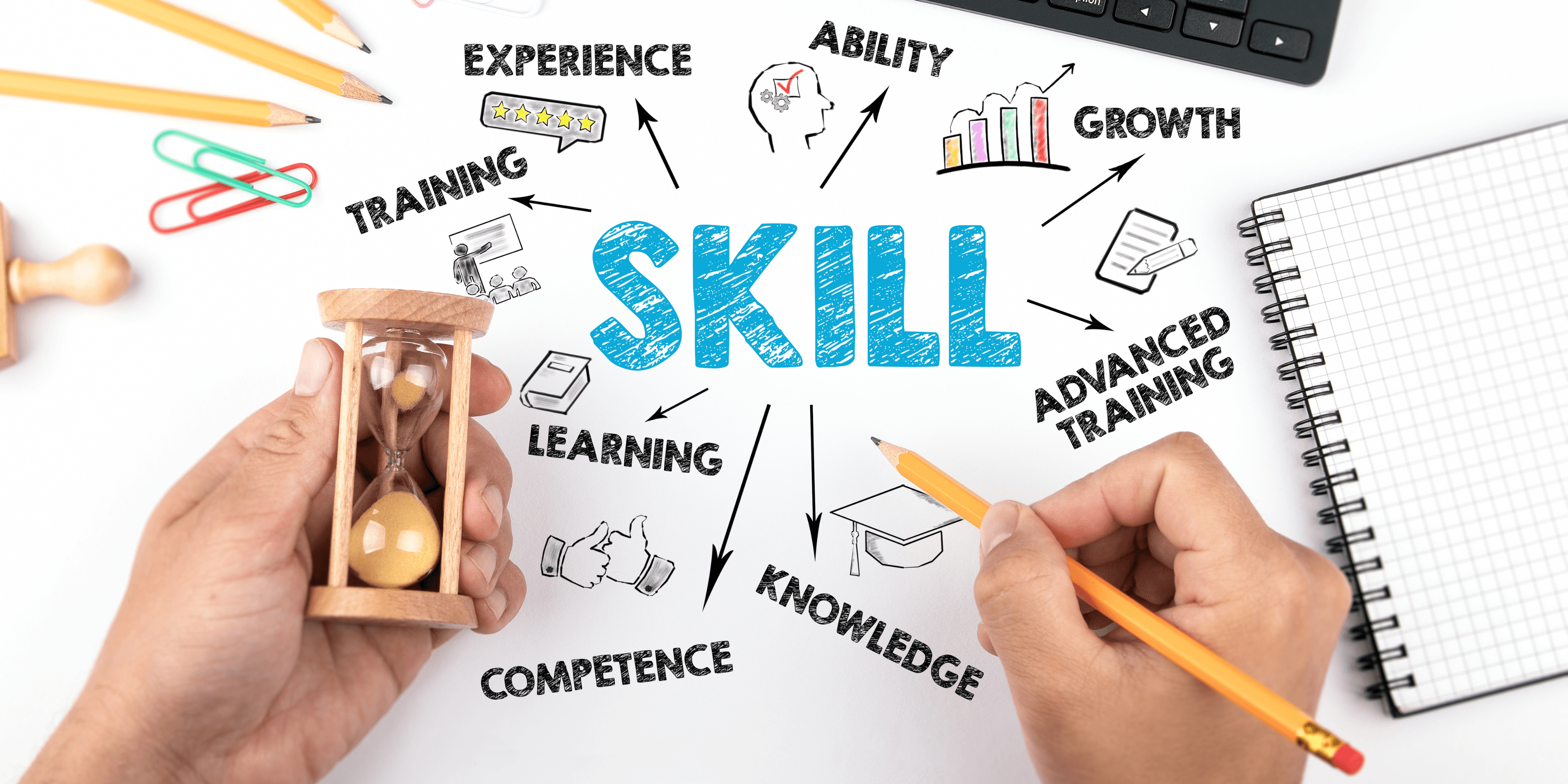Understanding the Australian skilled occupation list

t
To identify the skills or occupations that are in demand in Australia, the government has compiled “Skills Occupation Lists”. There are three types of occupation lists at the moment. They are the
-
Medium and Long Term Strategic Skills List (MLTSSL)
-
Short Term Occupation Skills List (STOSL)
-
Regional Occupation List (ROL)
The Medium to Long Term Strategic Skills List (MLTSSL) has 212 occupations, while the Short Term Strategic Skills List (STOSL) has 215 occupations and the Regional Occupation List (ROL) has 77 occupations.
The difference between the lists
The main difference between these lists are the visa categories that you will be eligible for if you have an occupation in the relevant list. For example if you are a software engineer, this is an occupation found in the Medium and Long Term Strategic Skills List (MLTSSL). So, you would be eligible for many visas leading you to Permanent residency (PR) and even get you PR directly.
a
In the meantime if you have an occupation or a skill in the Short Term Occupation Skills List (STOSL), then your options for permanent residency will be limited. In fact, in some situations you may not be able to apply for Permanent Residency at all, as your job won’t place you in a pathway leading to PR. If you are a cafe or restaurant manager, and are looking for PR through skilled migration then you cannot apply for the SC 189. However there are some occupations that would lead you to PR, but its comparatively low compared to the occupations in the MLTSSL which lead to PR.
Skill Level requirement
Depending on the type of occupation that you have, the level of skills that you must possess will vary. There are 5 levels of skills. Namely:
-
Skill Level 1
-
Skill Level 2
-
Skill Level 3
-
Skill Level 4
-
Skill Level 5
q
Skill Level 1
Occupations classified at Skill Level 1 require skills equivalent to a bachelor's degree or higher. Alternatively, a minimum of five years of experience can be considered as a substitute for the formal qualification. In certain cases, relevant experience and on-the-job training may be necessary in addition to the formal qualification. For example a General Practitioner is an occupation with the Skill Level 1.
Skill Level 2
Occupations categorized at Skill Level 2 require a skill level equivalent to either a
-
Australian Qualifications Framework (AQF) Associate Degree, Advanced Diploma, or Diploma or
-
New Zealand Registered Diploma
Alternatively, a minimum of three years of experience can be considered as a substitute for the specified formal qualifications. In certain cases, similar to Skill Level 1 relevant experience and on-the-job training may be necessary in addition to the formal qualification. For example a Interior Designer is an occupation with the Skill Level 2.
Skill Level 3
Occupations classified at Skill Level 3 require a skill level equivalent to one of the following:
-
An AQF Certificate IV.
-
An AQF Certificate III, along with a minimum of two years of on-the-job training.
-
A qualification at NZ Register Level 4.
In certain cases, a minimum of three years of relevant experience can be considered as a substitute for the specified formal qualifications. Additionally, some positions may necessitate relevant experience and on-the-job training in addition to the formal qualification mentioned above. For example a Motor Mechanic is an occupation with the Skill Level 3.
Skill Level 4
Occupations categorized at Skill Level 4 require a skill level equivalent to one of the following:
-
An AQF Certificate II or III.
-
A qualification at NZ Register Level 2 or 3.
In certain cases, a minimum of one year of relevant experience can be considered as a substitute for the specified formal qualifications. Additionally, in some instances, relevant experience may be necessary in addition to the formal qualification mentioned above. For example a Tennis coach is an occupation with the Skill Level 4
Skill Level 5
Occupations classified at Skill Level 5 demand a skill level equivalent to one of the following:
-
An AQF Certificate I.
-
Completion of compulsory secondary education.
-
A qualification at NZ Register Level 1.
Certain occupations may necessitate a brief period of on-the-job training, either in addition to or in lieu of the formal qualification. In some cases, neither a formal qualification nor on-the-job training may be necessary. For example a Domestic Cleaner is an occupation with the Skill Level 5.
Assessing Bodies
If you are looking at skilled migration, it is essential that you first obtain a skill assessment from the assessing body relevant to your occupation. The assessing bodies for your relevant skills and occupations will be different depending on the type of occupation that you possess. Some of the assessing authorities are
-
VETASSESS
-
Trades Recognition Australia (TRA)
-
Australian Nursing & Midwifery Accreditation Council(ANMAC)
-
Australian Community Workers Association Inc. (ACWA)
-
Engineers Australia (EA)
-
Australian Computer Society (ACS)
-
Medical Board of Australia (MedBA)
-
The Speech Pathology Association of Australia Limited (SPA)
-
Podiatry Board of Australia (PodBA)
-
Australian Physiotherapy Council Limited (APC)
-
Occupational Therapy Council of Australia Limited (OTC)
-
Australian Dental Council Limited (ADC)
-
Chinese Medicine Board of Australia (CMBA)
-
Australasian Osteopathic Accreditation Council Limited (AOAC)
-
Council on Chiropractic Education Australasia Limited (CCEA)
-
Australian Orthotic Prosthetic Association Limited (AOPA)
-
Australian Pharmacy Council Limited (APharmC)
a
It becomes abundantly clear that success in navigating your immigration journey hinges on understanding the occupations in demand, the skill level requirements and the role of assessing authorities in assessing your skills. If you are planning to migrate to Australia, you must not only identify occupations aligned with your expertise but also ensure that their occupation is listed in the correct list for the purpose of your migration.
It is also important to note that the skilled occupation lists are subject to changes and updates. With the release of the new Migration Strategy the government has proposed a new skilled occupation lists called the "Core Skills Lists" the details of the list is yet to be disclosed but we could expect changes in the already existing skilled occupation lists.
Need Legal Assistance?
Our experienced legal team is here to help you with your immigration and legal matters.






